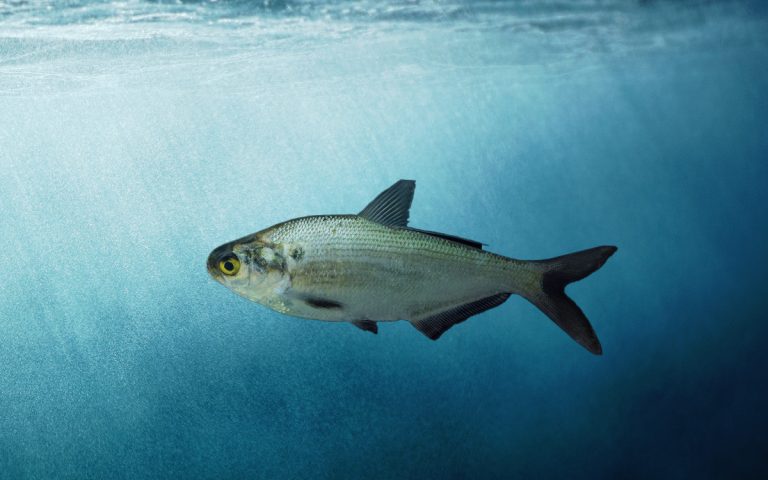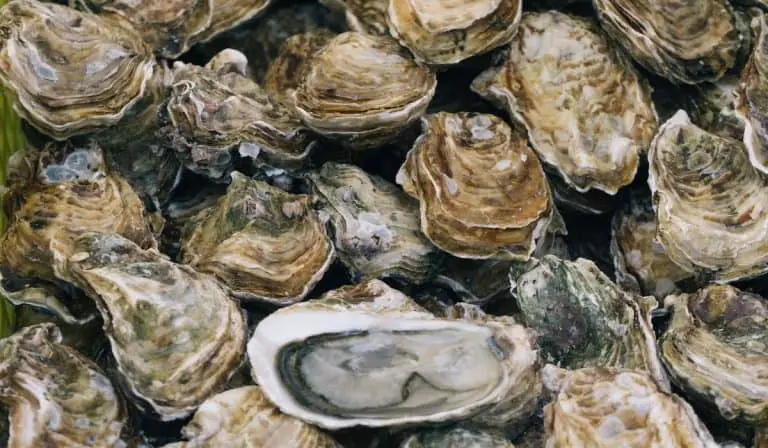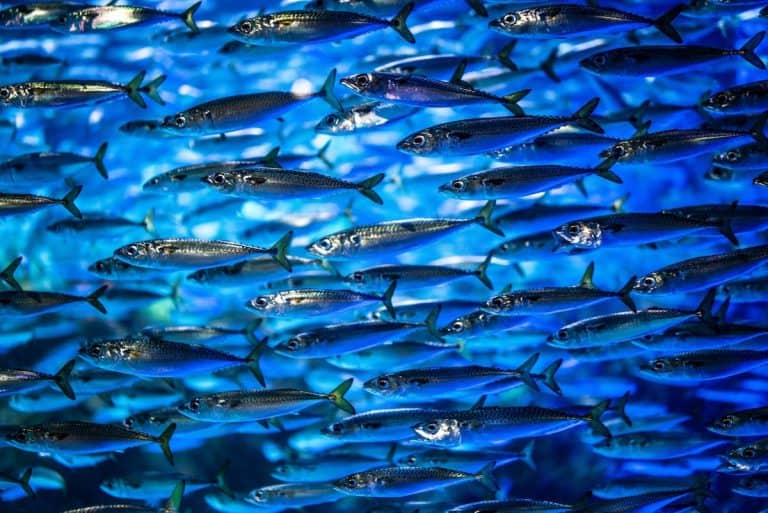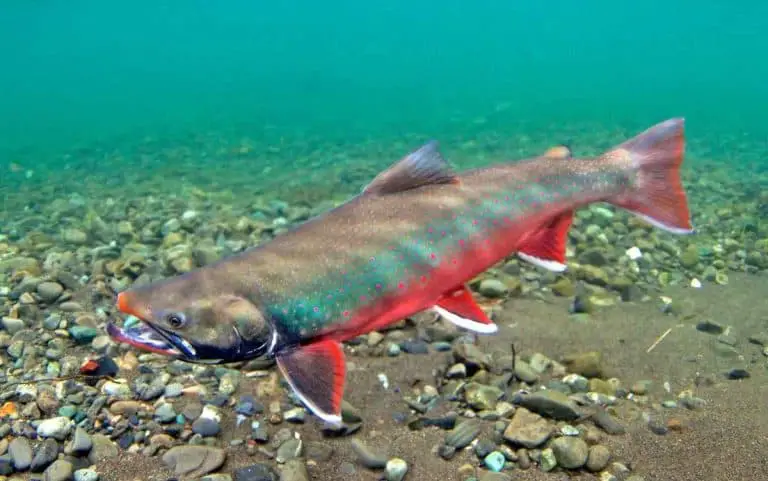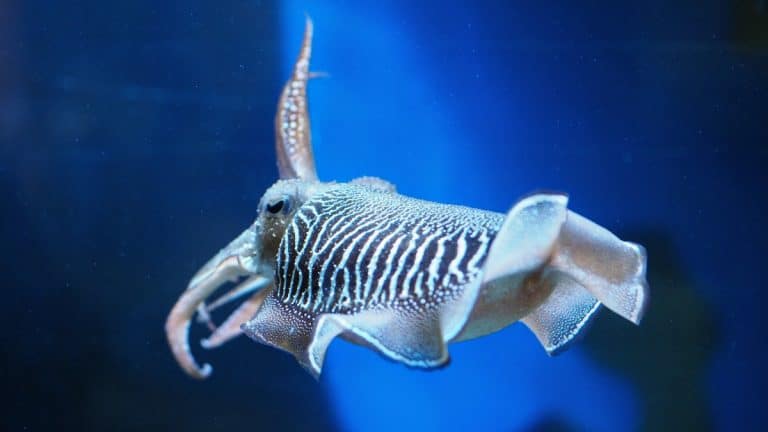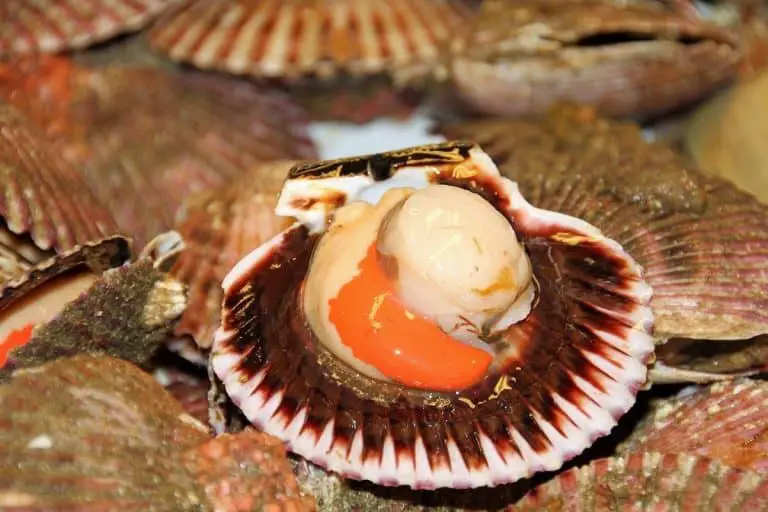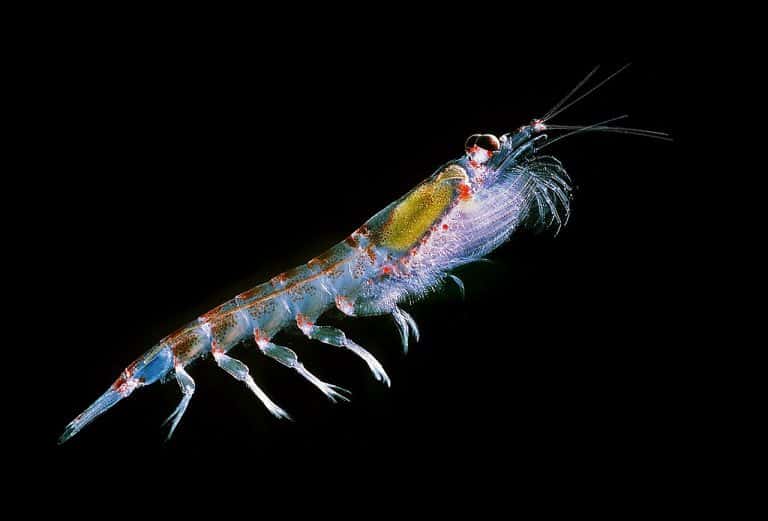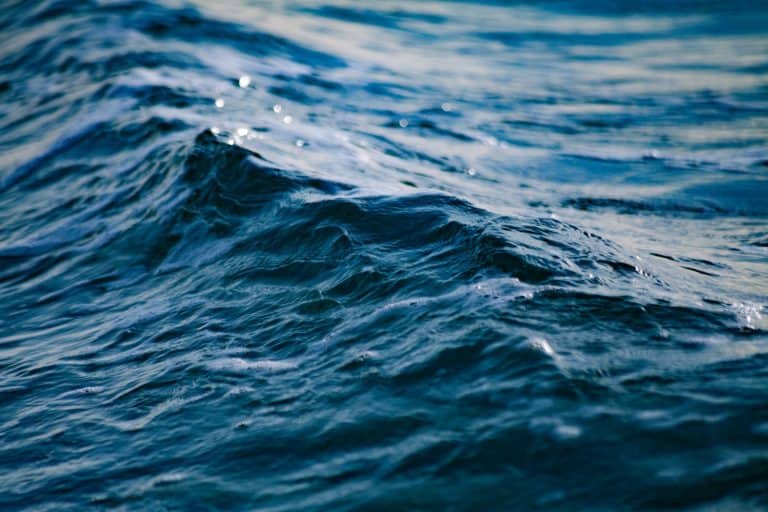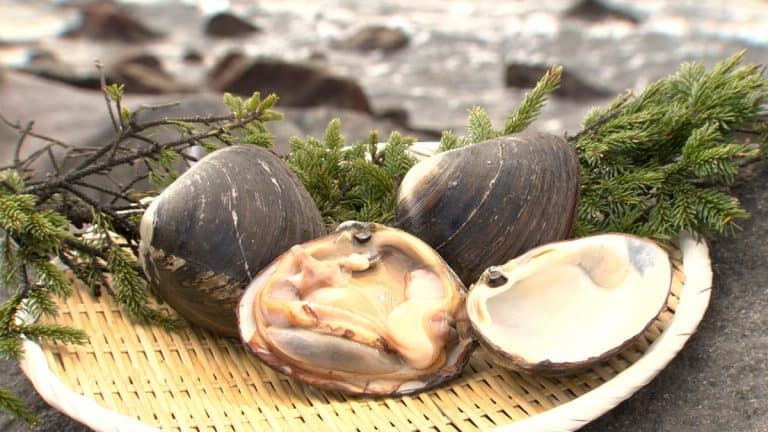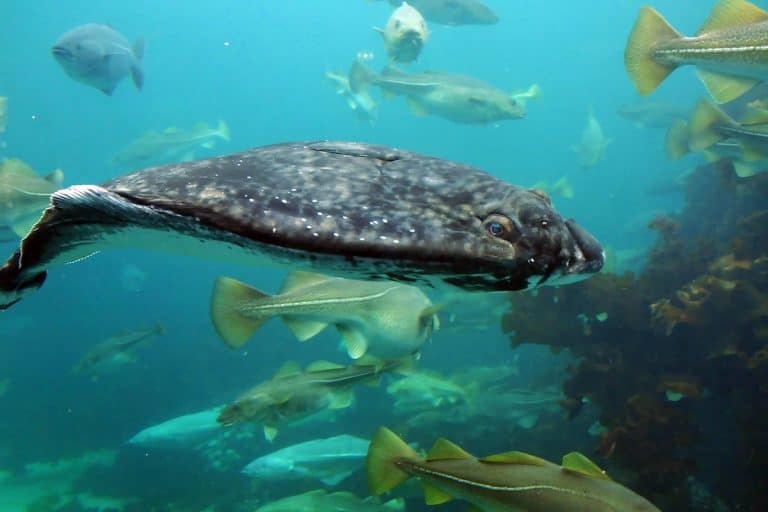What is Kohada Sushi? 4 Types of Gizzard Shad Sushi Fish
Source: Wild Mercury Risk: Unknown The gizzard shad (or dotted gizzard shad) is a small fish related to the herring. Konosirus punctatus schools in great numbers along the shores of Central Japan, in the waters off eastern China, and around the Korean Peninsula. Kohada sushi is a mainstay of edomae (Tokyo-style) sushi, this fish is extremely popular in the Kanto…

